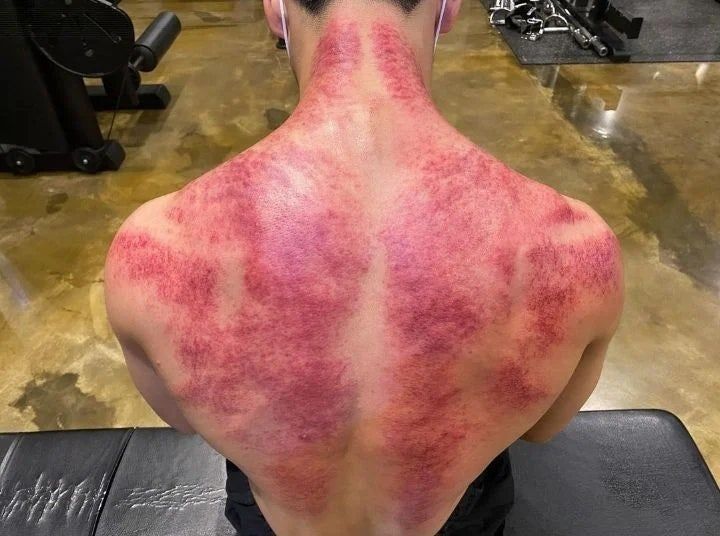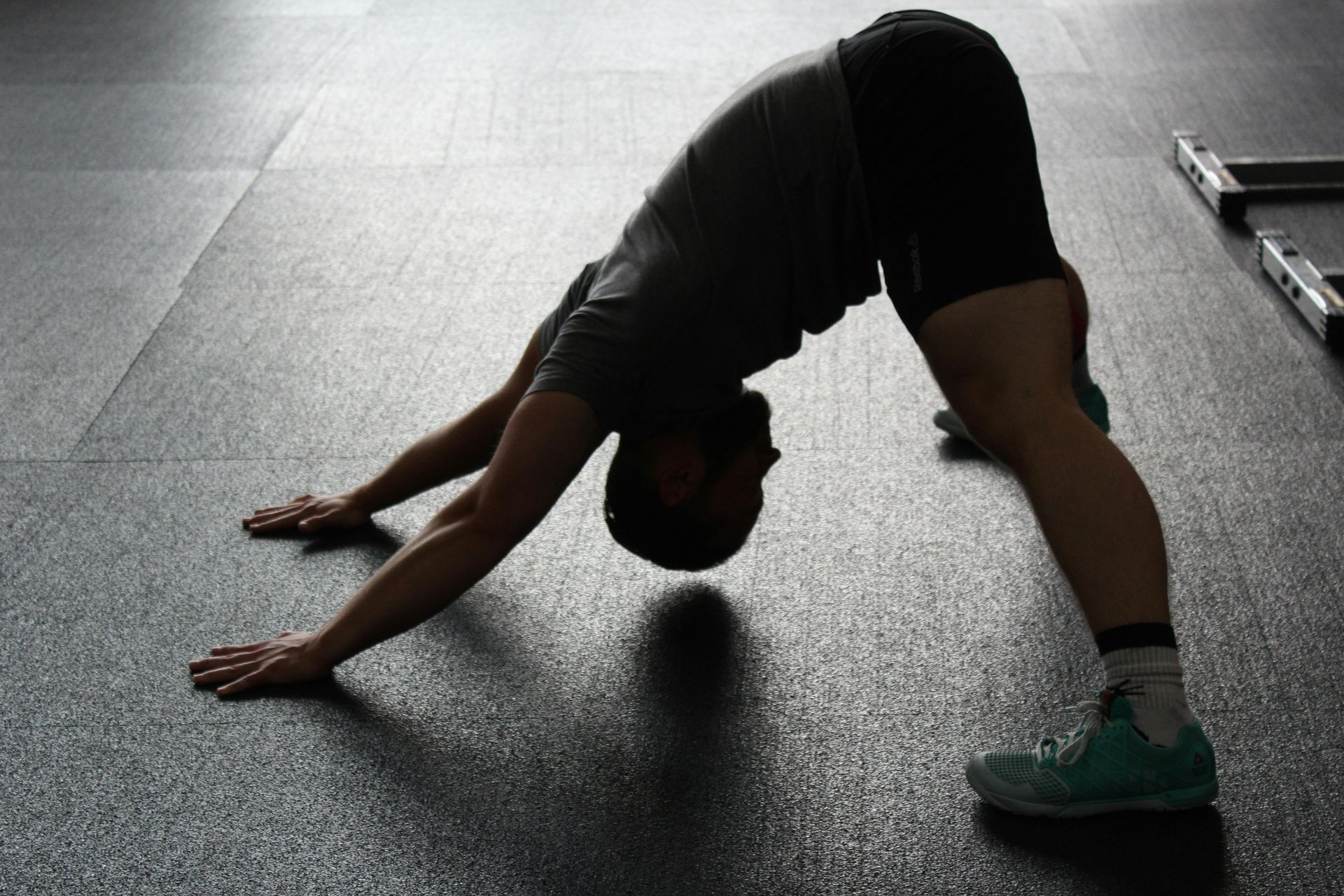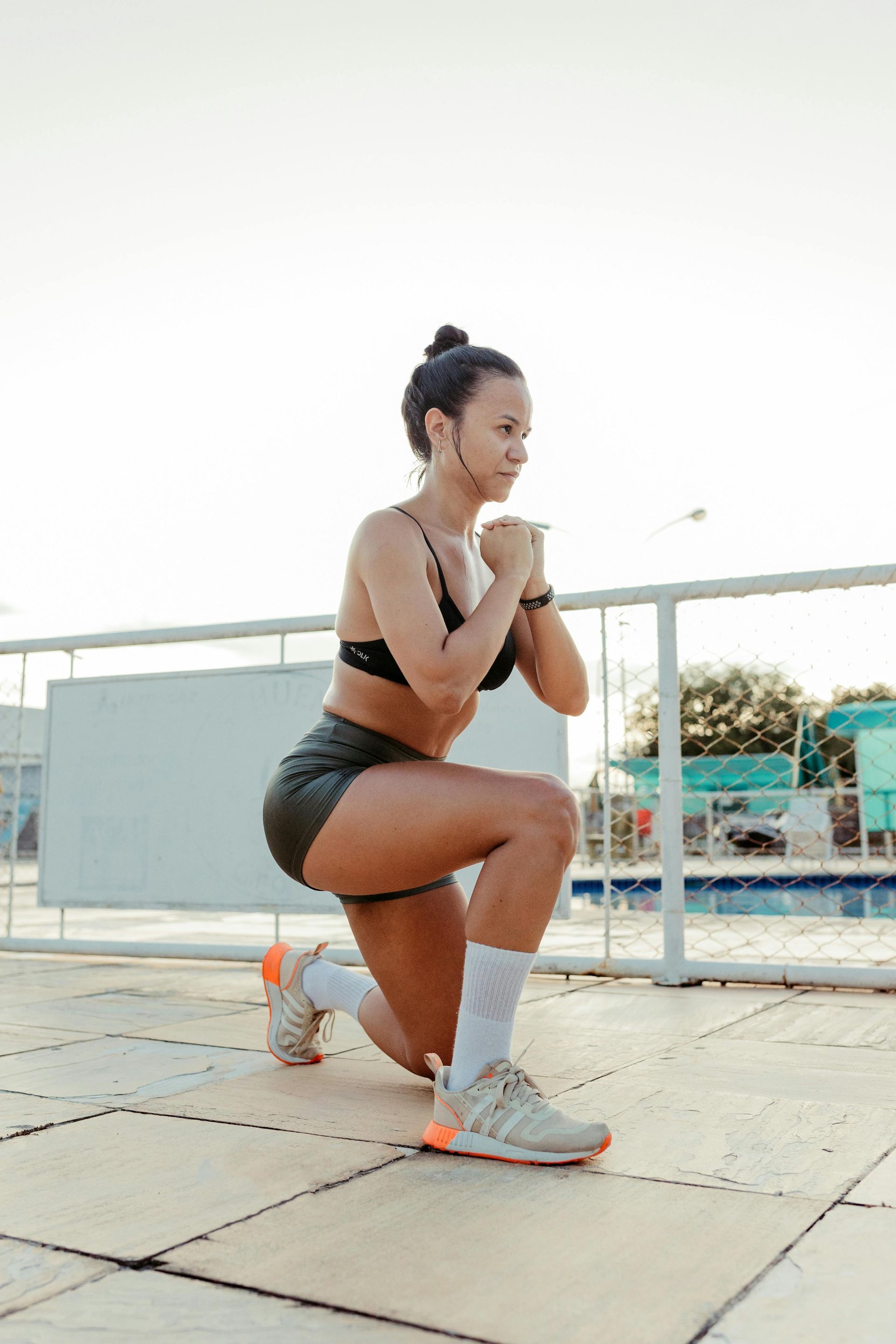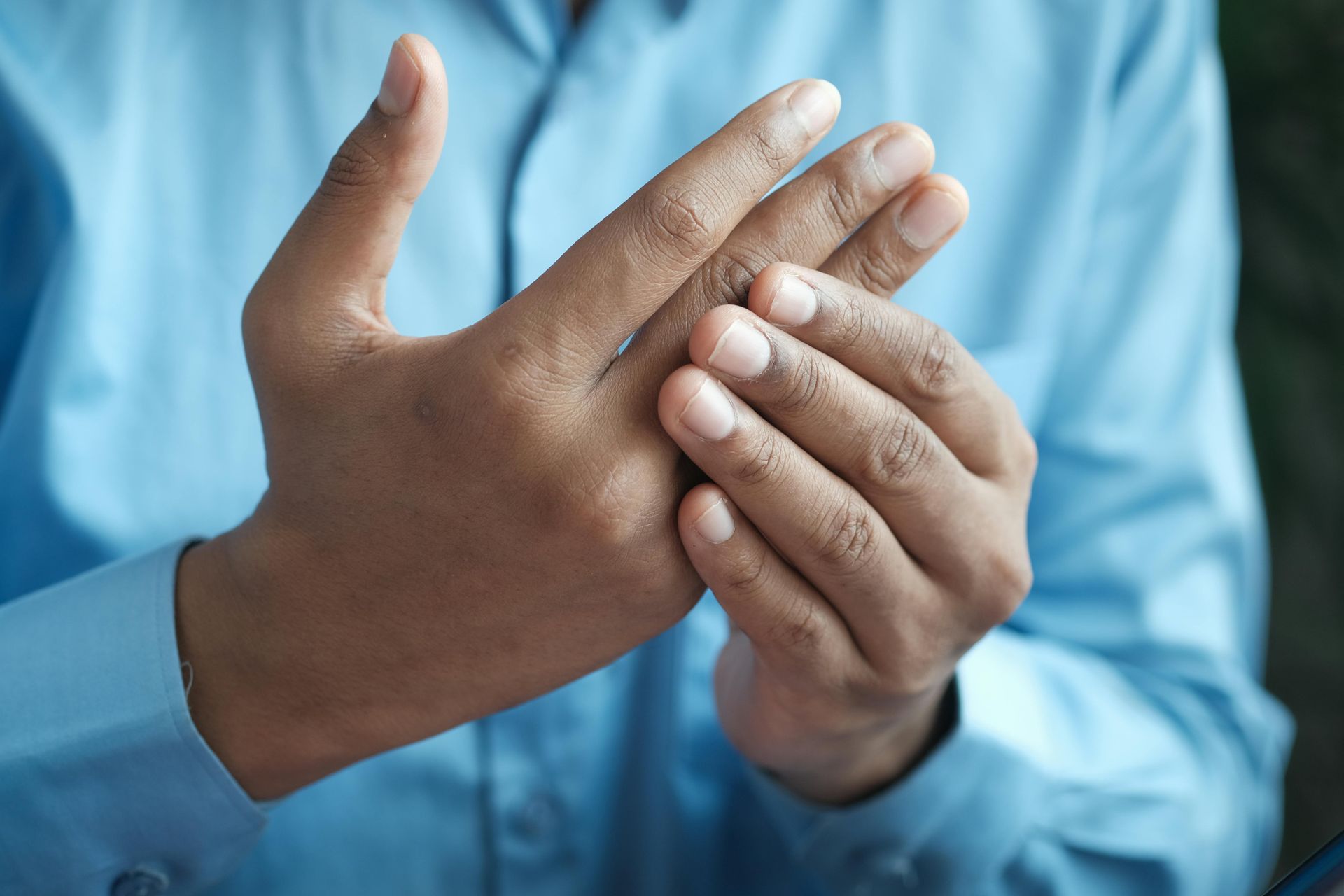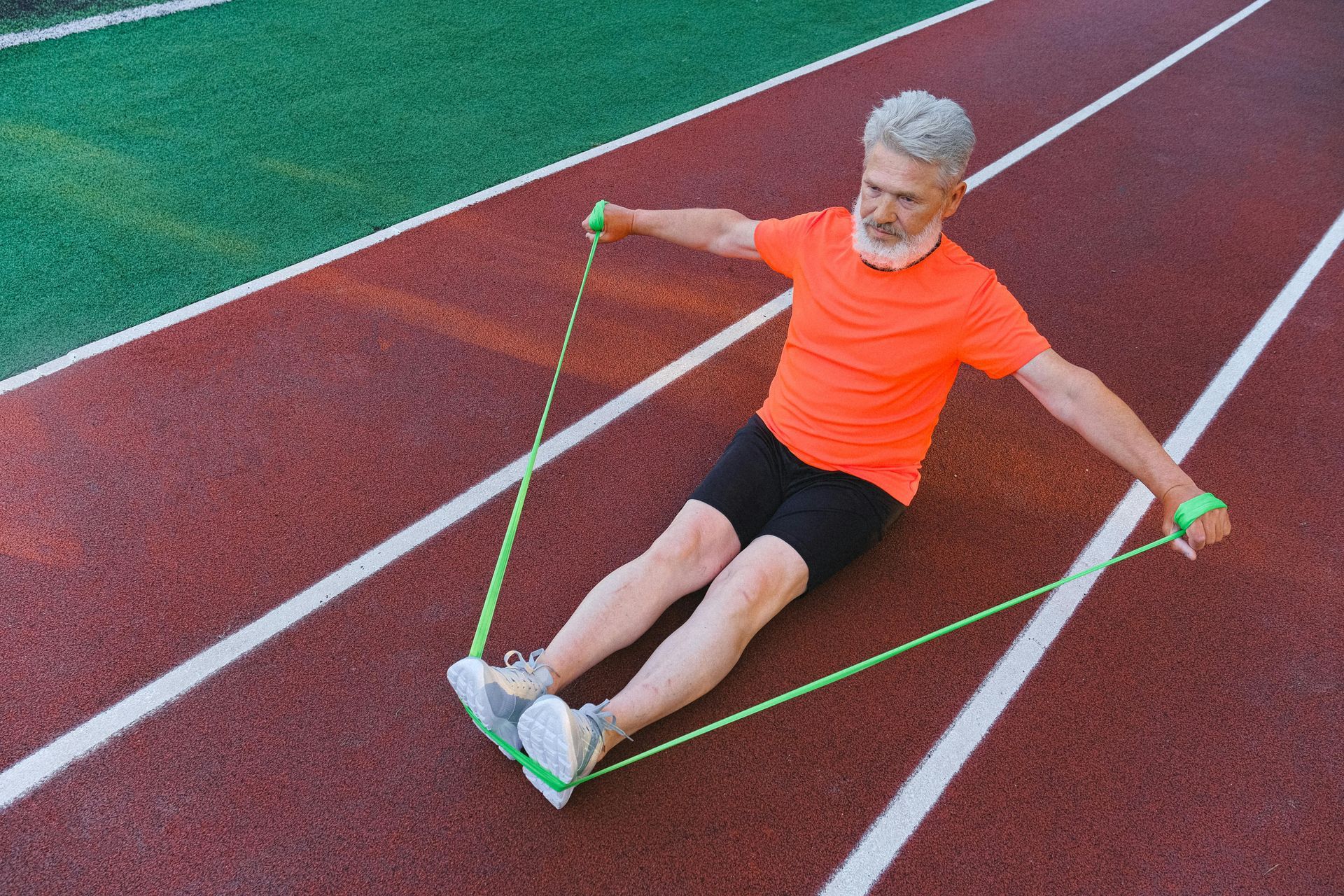Why you might have tightness on one side of your Body?
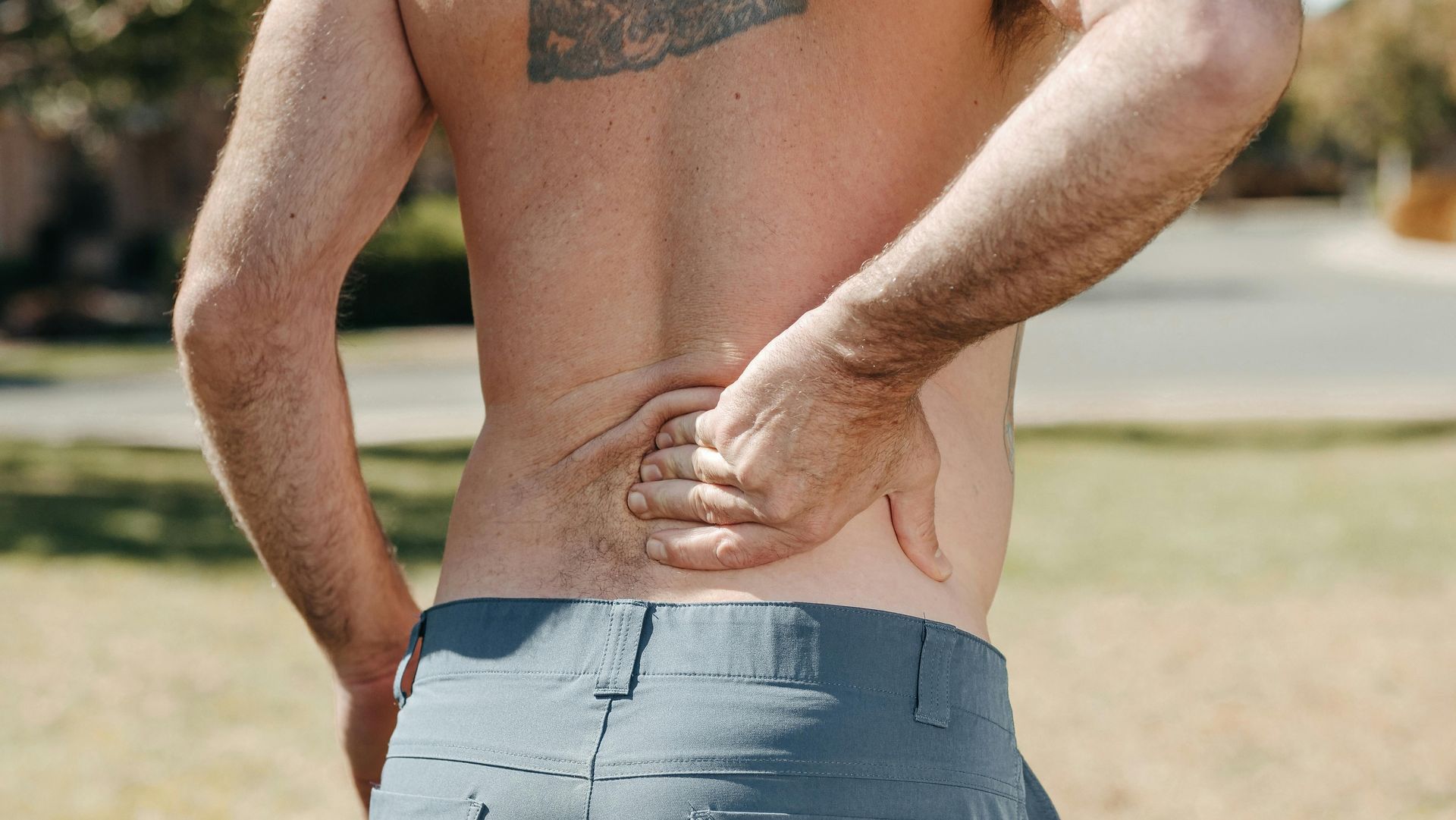
What Is the Left AIC Pattern?
The Left AIC pattern, as identified by the Postural Restoration Institute, refers to when the left side of the pelvis rotates forward, creating tension and misalignment throughout the lower body, especially in the spine, hips, and glutes. Most people have a dominant right side, which can cause their bodies to compensate by rotating their pelvis forward on the left. This leads to muscle tightness and imbalances in the right glutes and hamstrings.
While the
Left AIC is a common pattern, some individuals may have an opposite pattern where the
right side of the pelvis shifts forward. In these cases, corrective exercises would focus on different muscle groups to restore balance. Understanding your body’s unique alignment is crucial to finding the right treatment approach.
Client Case Studies
Case Study 1: Chronic Lower Back Tightness and Hip Discomfort
A 42-year-old office worker had been dealing with chronic lower back tightness and right hip discomfort, especially after sitting for extended periods.
Despite receiving massage from a local shopping centre massage shop, the relief was only temporary. Upon assessment, we found signs suggesting a possible Left AIC pattern.
His treatment plan included
deep tissue massage,
dry needling, and
pelvic stabilisation exercises. After a few sessions, his pain significantly reduced, and his posture improved, allowing him to sit and work comfortably.
Case Study 2: Hip Pain and Hamstring Tightness in a Runner
A 38-year-old male recreational runner came to the clinic with persistent right-sided hip pain and hamstring tightness that worsened during runs. Despite scaling back his training, the discomfort continued.
We assessed him and found signs suggesting a possible Left AIC pattern. His treatment plan included deep tissue massage, dry needling, and specific pelvic stabilisation exercises.
Within a few weeks, he was running pain-free and maintaining better body alignment during his training sessions.
Case Study 3: Lower Back Pain and Pelvic Instability
A 45-year-old construction worker came to the clinic with severe lower back pain and pelvic instability after spending long hours standing at work. He had previously sought relief from a shopping center massage shop, but the treatments provided little lasting help.
After assessing his posture, we found signs pointing to a possible Left AIC pattern. We provided deep tissue massage, dry needling, and pelvic stabilisation exercises.
After several sessions, his stability improved, and his pain decreased significantly, allowing him to perform his job more comfortably.
How Remedial Massage, Myotherapy, Chiropractic Care, Dry Needling, and Pelvic Stabilisation Exercises Can Help
1. Deep Tissue Massage:
Deep tissue massage, performed by Ian Selvarajoo and Tae Noh (Sam), can help by:
- Releasing tight muscles like the right glute max, right adductors, and left hip flexors, which compensate for the pelvic misalignment.
- Improving circulation and reducing tension in the lower back and hips, leading to pain relief and better mobility.
2. Myotherapy:
Myotherapy, provided by Ian Selvarajoo, helps address muscular imbalances and corrects postural issues through:
- Manual therapy techniques to release tight muscles affected by the AIC pattern, like the right glutes and hamstrings.
3. Chiropractic Care:
Chiropractic adjustments by Dr. Tanja Nishibata provide structural support by realigning the pelvis and spine:
- Spinal and pelvic adjustments correct the forward-tilted pelvis, reducing strain on the lower back and hips.
- Chiropractic care ensures long-term balance by addressing both musculoskeletal imbalances and improving alignment
4. Dry Needling:
Dry needling, offered by both Ian and Sam, targets muscle tension and trigger points:
- It helps release tightness in the glutes, hamstrings, and pelvic muscles, improving mobility and reducing pain
5. Pelvic Stabilisation Exercises:
Pelvic stabilisation exercises are crucial for addressing the AIC pattern:
- They activate the left hamstrings and adductors, which helps pull the left pelvis back into alignment.
- Strengthening the
right glute max provides the necessary stability, preventing further imbalances
The Importance of Early Diagnosis and Treatment
Addressing the
Left AIC pattern early can prevent discomfort from becoming chronic. At
Good Health Group Clinic, our team combines
pelvic stabilisation exercises,
remedial massage,
myotherapy,
chiropractic care, and
dry needling to help you restore balance and mobility.
If you're experiencing tightness, tension, or discomfort on one side of your body, book an appointment with our expert team.
Let
Dr. Tanja Nishibata,
Ian Selvarajoo, and
Tae Noh (Sam) help you restore balance and improve your movement.
References:
- A Guide to Asymmetrical Posture & Movement. FX Physical Therapy. (2023).
- Postural Restoration: A Tri-Planar Asymmetrical Framework. Postural Restoration Institute. (2022).
- The Association Between Pelvic Asymmetry and Non-Specific Chronic Low Back Pain. European Spine Journal. (2018). DOI: 10.1007/s00586-017-5457-y.
- What to Do If You Are the Opposite of the Left AIC. Conor Harris. (2023).
Blogs


